Test: 2024 Mercedes-Benz AMG C63 becomes the fastest C-Class sedan.
Perhaps AMG is seeking a new challenge after installing a new hybrid system for its One supercar which is close to Formula One racing power. However, this hybrid system is undoubtedly the most complex power system in the new model market, which shows that AMG is undergoing an innovation in the era of the popularity of hybrid and electric vehicles. Overall, this C-class car with the highest performance and closest to Formula One racing car has 671 horsepower and three motors. One of the most powerful motors has its own two-speed transmission, which rotates concentrically with the rear axle. The other motor is installed in front of the most powerful mass-produced four-cylinder engine. Finally, AMG integrates the third motor into the turbocharger, mainly to increase the power in advance to minimize the delay. To understand all this, you need a chart [see "AMG’s new hybrid technology analysis"].
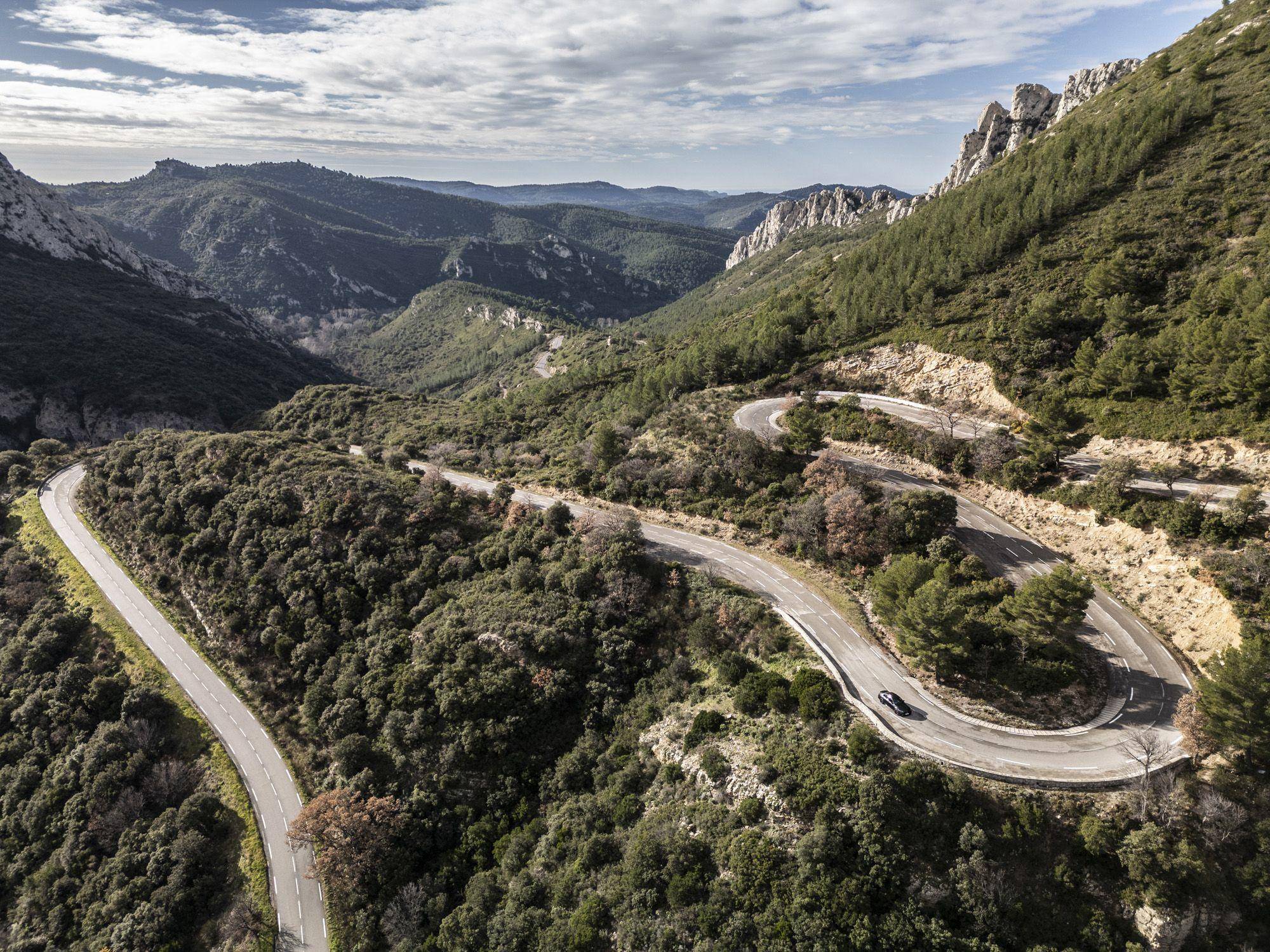
When C63 was not listed in the United States, we went to the south of France for a comprehensive test. Why not just call it southern France? French architecture is really not that simple. ) In the slow stop-and-go traffic, it is amazing how C63′ s power system works so seamlessly and harmoniously. We often joke that a vehicle with poor performance will feel like a bunch of parts running closely together, but C63 is like a bunch of power systems. In the default comfort mode, the engine will be turned on and off frequently, and the shutdown process is very smooth. Even under its high torsional performance (469 horsepower, 235.6 horsepower/liter, peak boost pressure of 23.0 psi), the smoothness of some shifts even exceeds that of some transmissions. However, under this condition, the sound of this latest and most powerful M139 2.0-liter inline four-cylinder engine may sound a little sharp and noisy; In other words, it may sound like it sometimes does — — Generator.
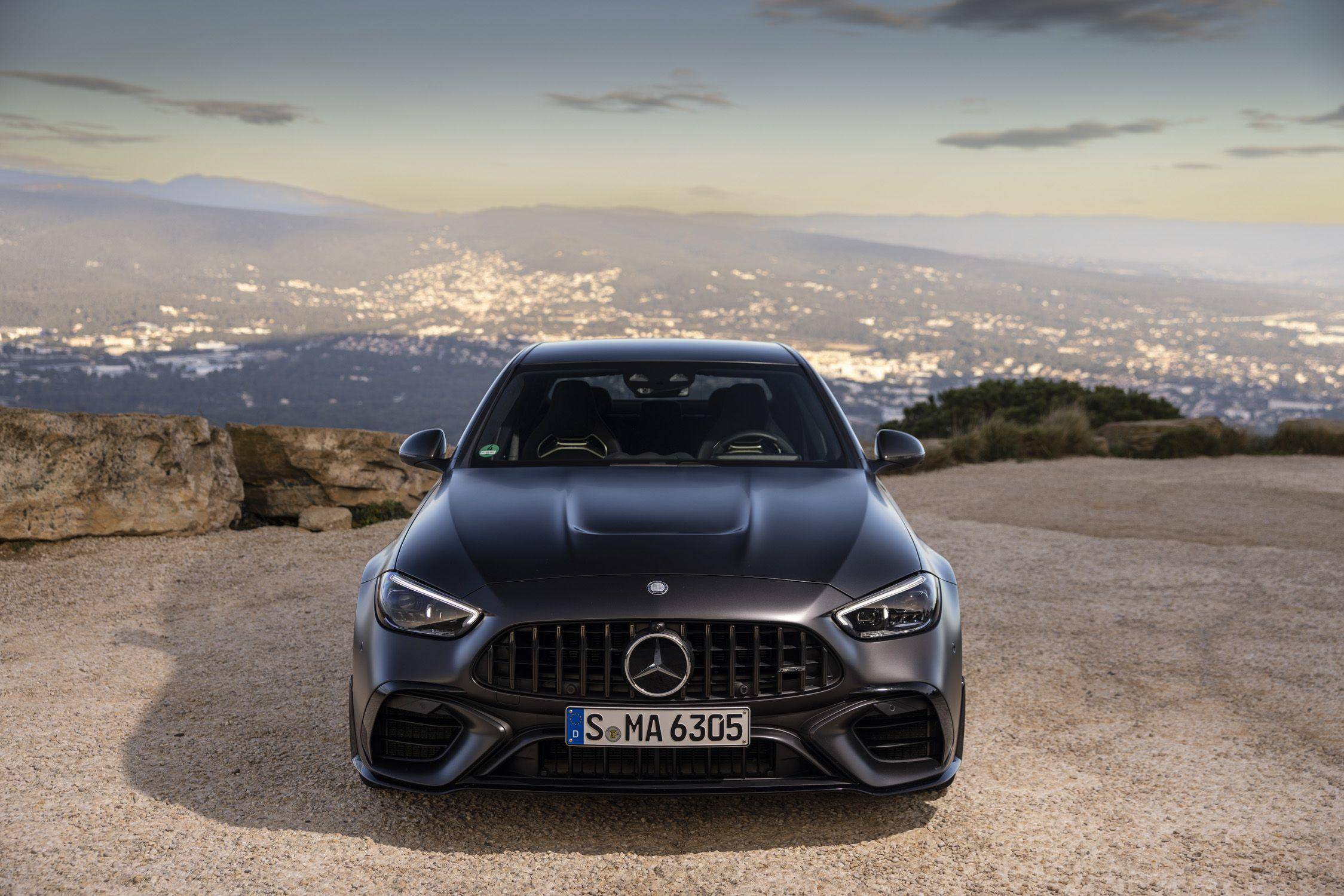
Driving in the coastal area south of Marseille, we will meet the narrow road of Barely A Lanewade in a small town, which makes the C-class car look more like the S-class car immediately. There are some peculiar trapezoidal deceleration pads in France, the size of which is roughly equivalent to the track width of vehicles, and vehicles need to cross them. Once we get over these deceleration pads, we will realize that the sliding vehicles depicted on the sign and reading Verglas Fréquent (meaning "frequent ice") mean that we are approaching the best roads, which seem to be paved by a dog chasing its tail.
You can feel the texture of the road on the steering wheel, and when driving in the central position, the power output is very deep and there is no resistance, which can resist the unlimited autobahn speed. The damping in the central position is also moderate, which is completely different from the latest adjustment style of BMW M3. When turning, the vehicle speed responds quickly, but the power output after that is somewhat smooth and delicate. In sport mode and above, the engine keeps running and makes a "bang" sound and a "giggle" sound when accelerating vigorously. The optional AMG Performance sports seat is very supportive, especially in the thigh, and the adjusted side support and lumbar support are also excellent. Although the rear seats can accommodate adults, the space is not spacious.

In the highest gear, the engine sound is urgent and not full of energy. Under the wide throttle, the noise inside the car remains polite at 78 decibels, which is quite different from the 83 decibels of the predecessor V8 Predecessor of C63. In sports+and racing mode, the rear driving force is more balanced, and the neutral performance on corners is better. However, the situation will not become wild until you choose drift mode, transfer all the power to the rear axle, require manual gear shifting and completely turn off the stability control. Even so, C63 won’t really go crazy. From the point of dynamic performance, it is very confident.
Ride quality is hard, but this feeling is more about rolling rigidity than ride roughness. It is not surprising that the undulating road may cause the head to swing. After all, the huge anti-roll bar is like a pipe support. The brake pedal is a little soft at the top of the stroke, which is a criticism of the adjustment, not the braking hardware. This braking hardware can stop at 70 mph within 139 feet, partly because it has a better grip on the test surface than we usually experience.
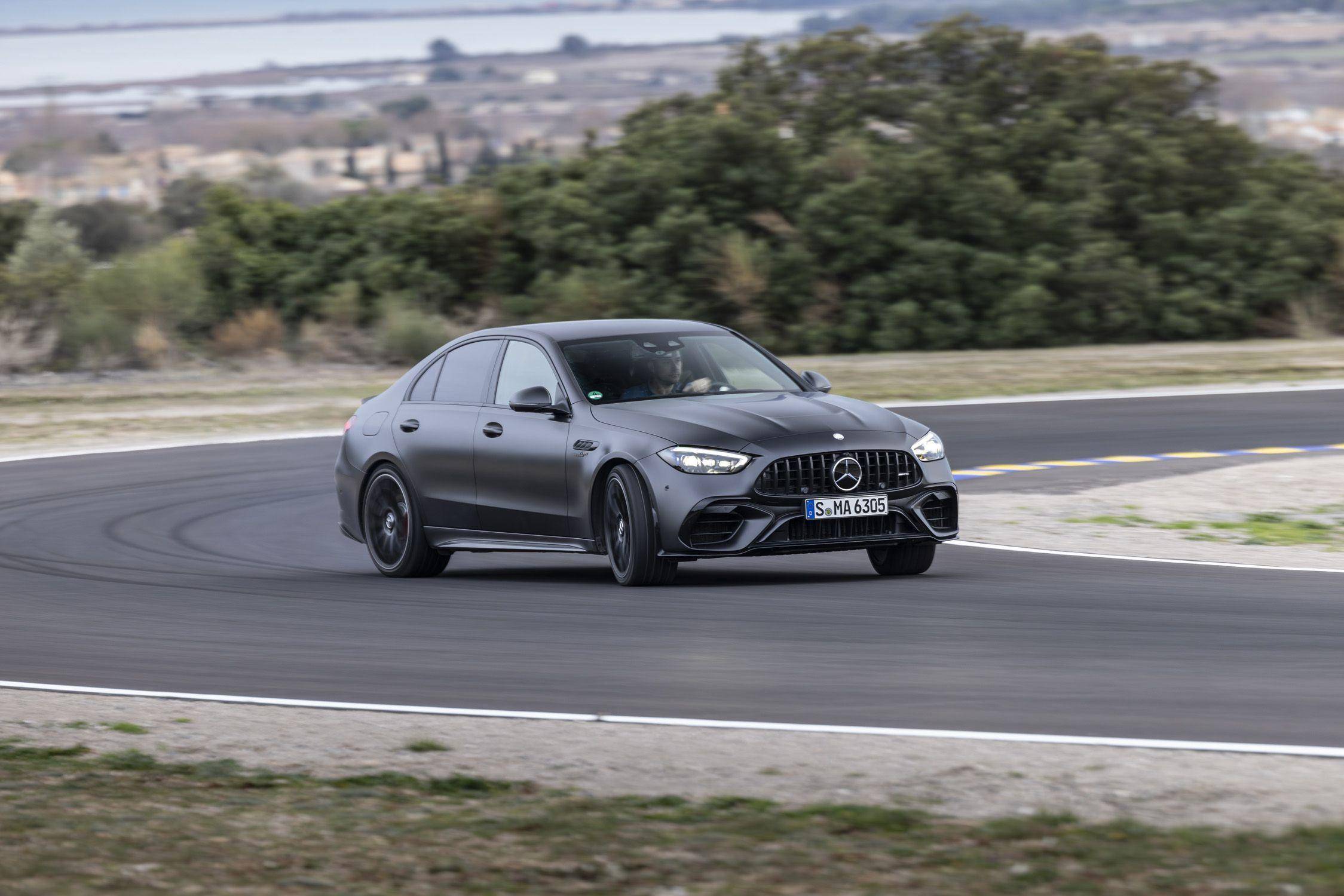
Carry out a test drive under the starting control of 4000 rpm. After adapting to the fierce acceleration, you will notice a feeling like a slow shift, or when driving to the top of the third gear, the engine will reach the speed limit of 76 mph in an instant. That’s the second gear of the rear drive. Although there are some slight fluctuations in power transmission, the linear speed is still very fast — — Mercedes takes only 2.9 seconds to complete 60 mph, and it takes only 11.2 seconds to run a quarter mile, reaching 121 mph. Compared with the previous C63, this is 0.7 and 0.6 seconds faster, although most of the improvement is due to the fact that this is the first flagship AMG C-Class sedan with all-wheel drive. For comparison, the last all-wheel drive E63 S we tested before can complete 60 mph in 3.0 seconds.
Although the power of BMW M3 CS was reduced by 128 horsepower, it still won a decisive victory in the linear acceleration race. Why is this? Because, considering that Mercedes-Benz (4749 pounds) is 859 pounds heavier than C63(4890 pounds) (762 pounds heavier than the previous generation C63), its power-to-weight ratio is only slightly better than that of BMW. But C63 wins in reaction speed. Look, it takes 3.6 seconds to start rolling from 5 mph to 60 mph, which is 0.4 seconds faster than BMW. It also surpassed the Cadillac CT5-V Blackwing. Look at 2.3 seconds from 30 to 50 mph, which is more than M3 CS, even though the C63 was started in comfort mode (we passed the test in the default driving mode of the vehicle) and the engine was turned off. In racing mode, the time spent from 30 to 50 mph is reduced to 1.5 seconds, which is the field of electric vehicles.
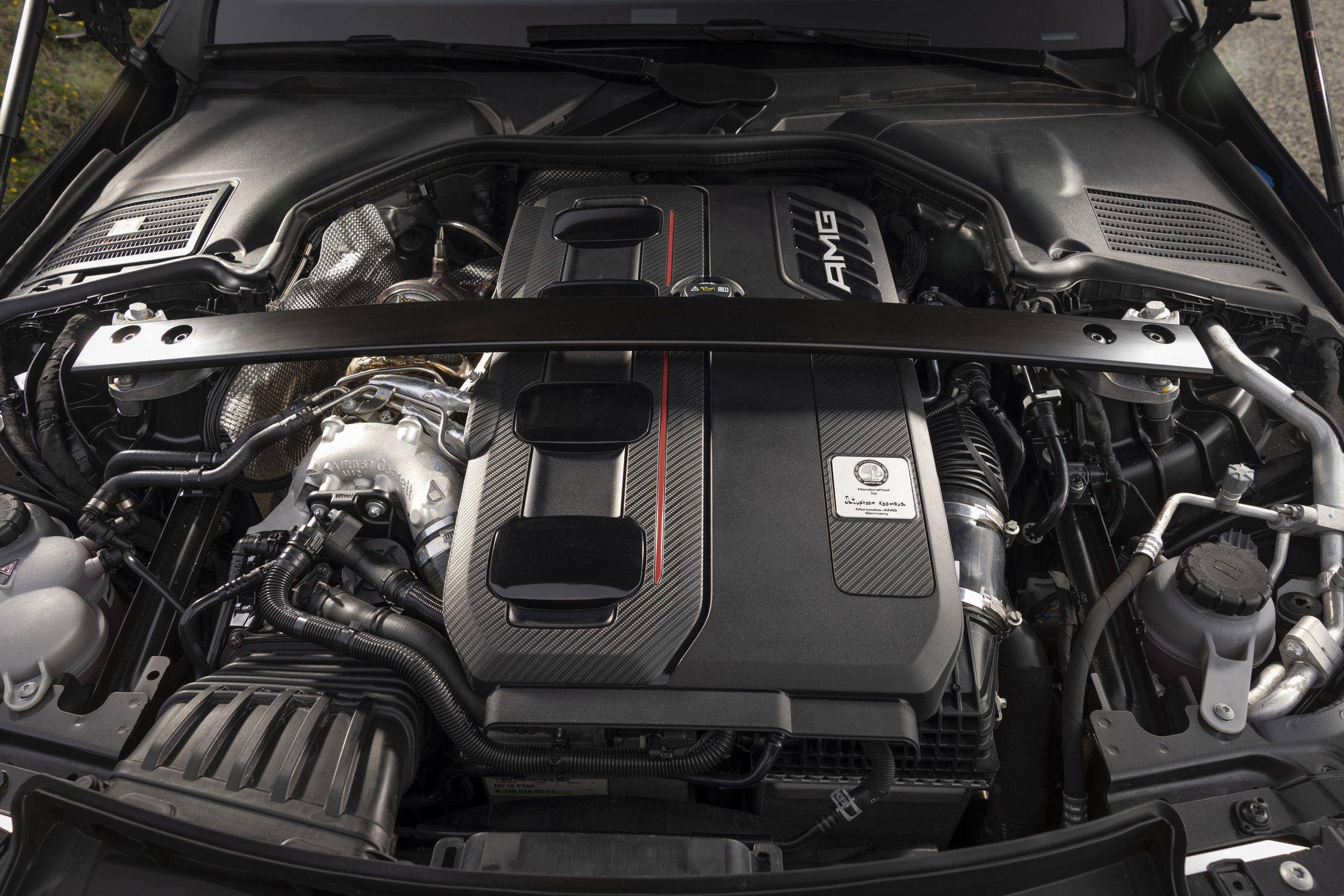
The electric turbine itself finally realized its promise of boosting without delay, and its reaction speed was much faster than that of C43. Of course, the electric turbine of C63 works at 400 volts, while the lower version of AMG is a 48 volt unit.
We stopped at a scenic observation deck to enjoy the beautiful scenery, where the white rocks protrude and meet the deep blue Mediterranean sea. Most of the vegetation below is composed of this common vine in Provence.
Unlike the powertrain, the appearance of the C63 is quite low-key. There is a simple front lip, a rear spoiler and a central hood vent. The front fender is also equipped with vents containing the E Performance logo. Maybe AMG spends all its budget on power, but there is no carbon fiber roof or anything special in appearance. There are not even carbon ceramic brake discs.
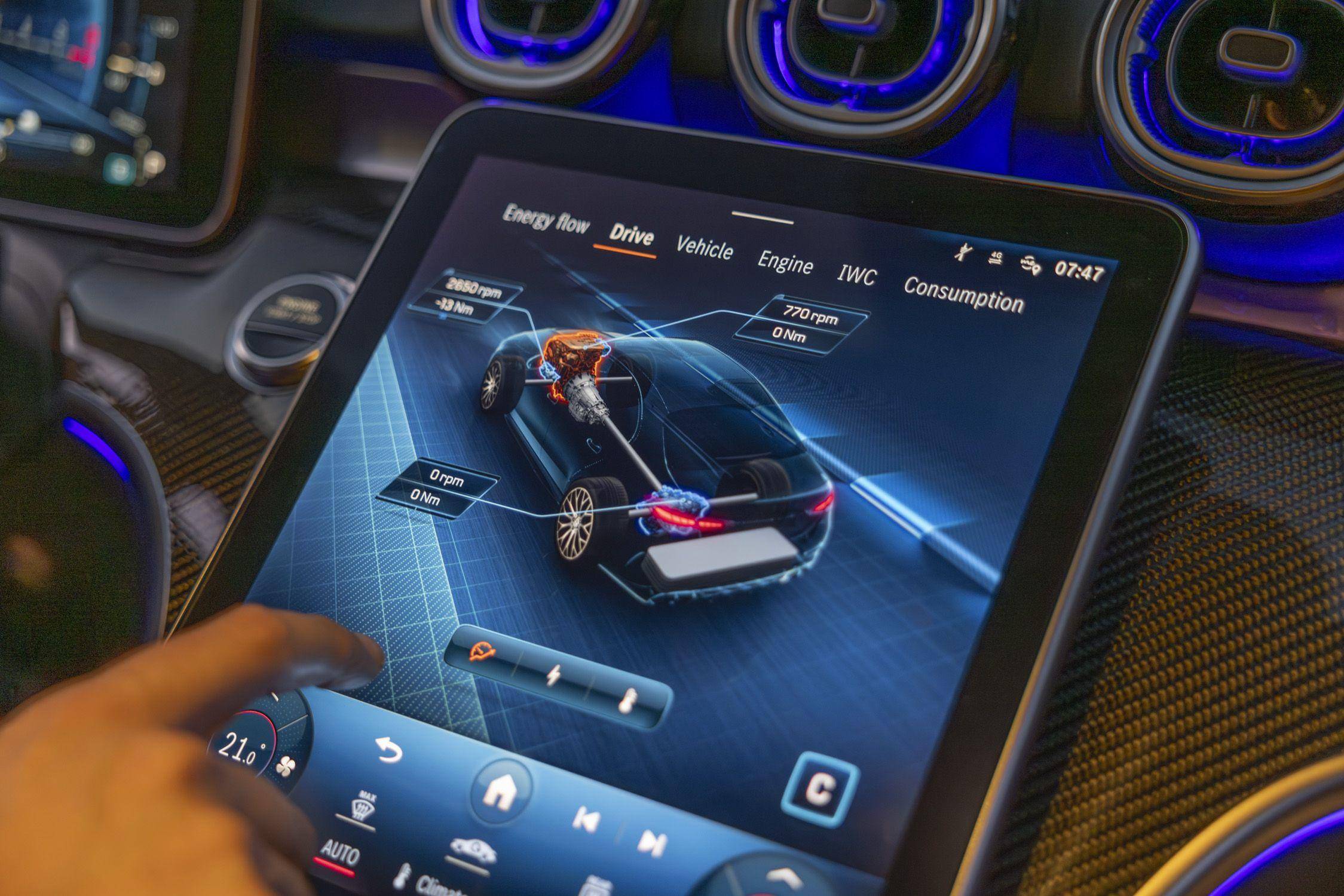
On the other hand, the power system and display mode of C63 are consistent with the complexity. There are devices that display the real-time power and torque of each motor and each source. The option of one of the instrument clusters radiates the engine speed, just like the bomb zone, and the emitted light represents the motor output. The bar graph around shows the power and torque output of each main power source. The two knobs on the steering wheel control many adjustments of the overall mode, as well as individual fine-tuning of shock absorber, regenerative braking amount, stability control setting and engine sound enhancement. Even AMG has planned the best electric output of various competition venues, showing the driver where to push the accelerator pedal when the accelerator damping reaches the maximum, and where to slow down and charge the battery.
Returning to the slow pace, under the European standard (78 miles per hour), there are also some nominal pure electric driving capabilities: it is realized when the battery is 8 miles left; This should be roughly equivalent to 7 miles in the United States. We observed between 4 and 10 miles, depending on the driving conditions. Part of the reason is that the engine starts when the battery is 25% left, so as to ensure that there is always a buffer and provide acceleration assistance when acceleration is needed. But this small 4.8 kWh battery charges faster — — It takes about 1 hour in a 240 volt socket. If you choose the competition mode, the gasoline engine will actively charge the battery.
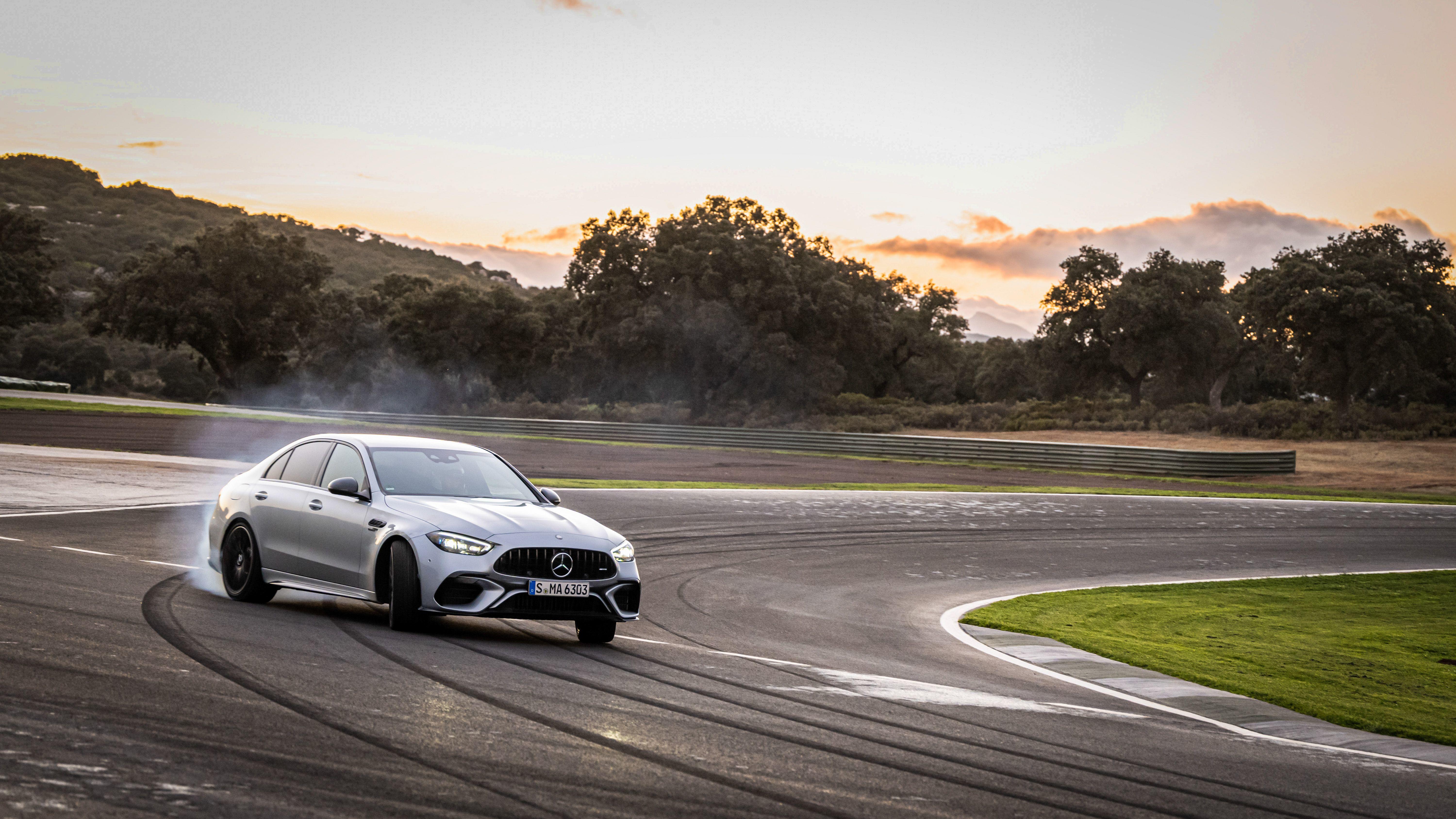

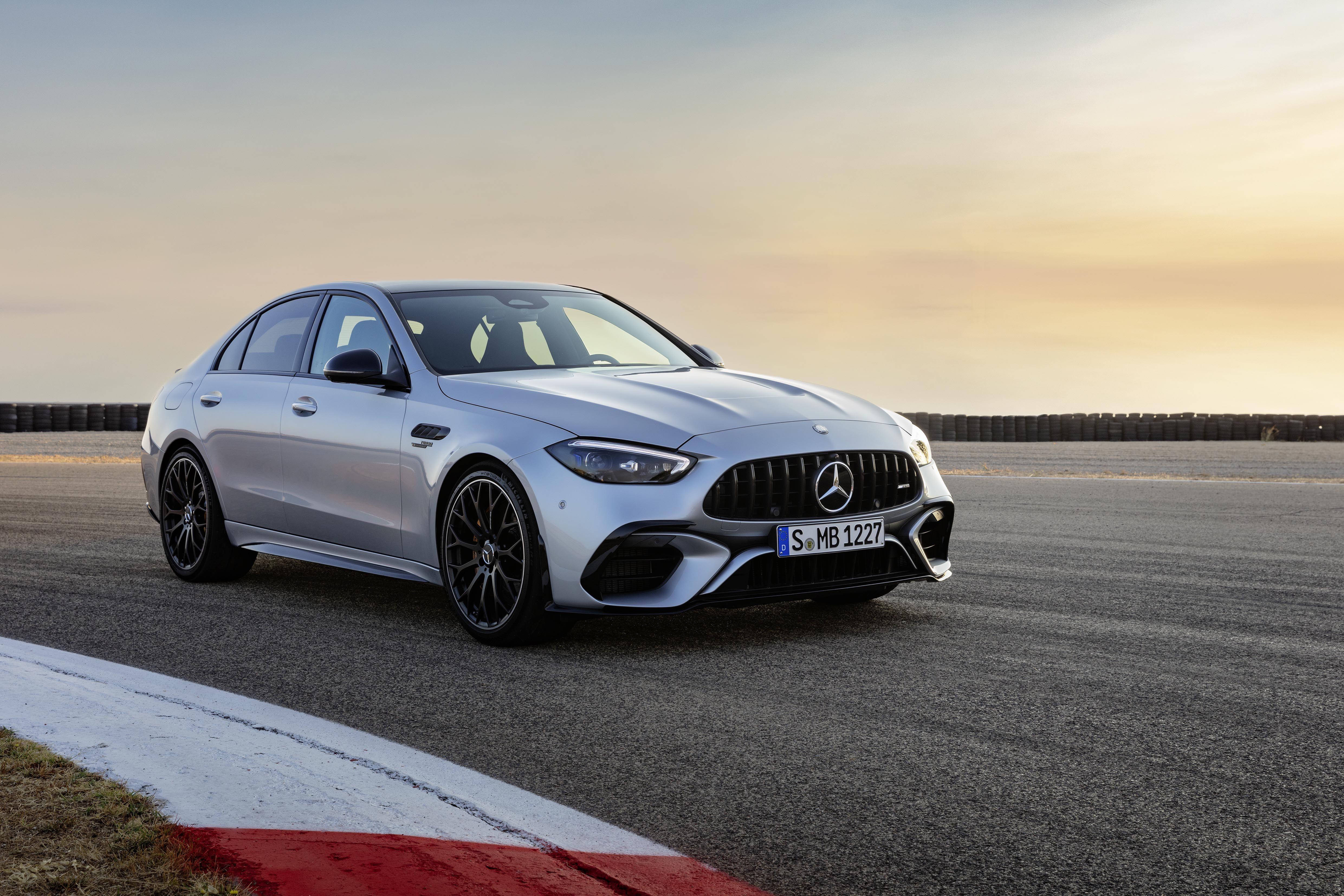
Why bother to tame this complexity? Well, the fuel economy data of the United States have not been released, but C63 is about 50% more efficient than M3 CS in European fuel economy indicators. Although this is amazing, the naturally aspirated Mercedes-Benz engine can only use a very small part of the power reserve. Our average fuel consumption of 17 miles per gallon (about 20.6 kilometers) may be quite Impressive for its predecessor V8 engine. In Europe, a high-end gas tank can easily exceed a comfortable hotel room. Therefore, fuel economy is really very important here. In addition, the price has also risen sharply, and it is expected that the starting price will be around 100,000 dollars.
We are impressed by the integration of C63, and feel that it is not as complicated as it looks. However, AMG’s latest model seems to make us more shocked by the left brain than unconditional enthusiasm. We still miss the V-8.